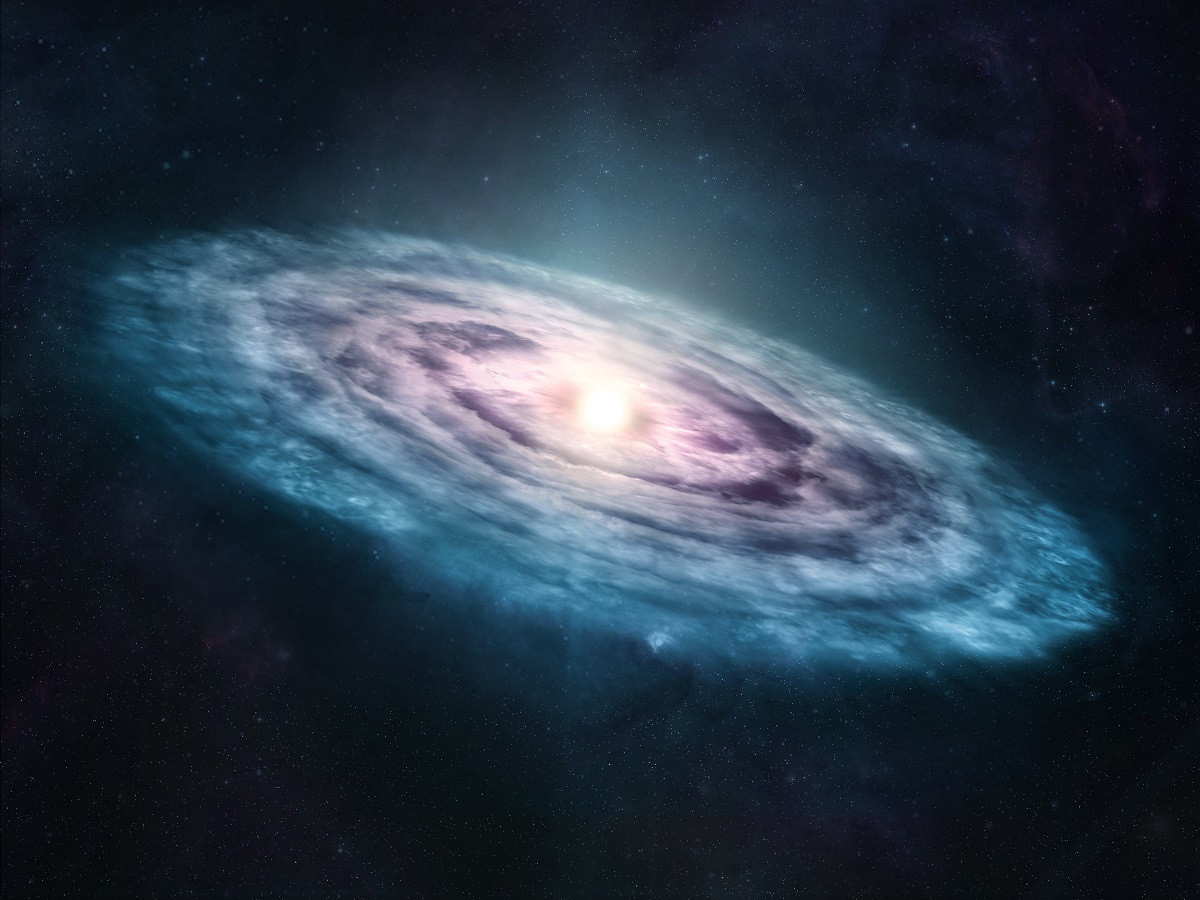Overview
In this talk, I will present a new sample of 57 low-redshift, low-mass star-forming galaxies at 1e8-1e10 Msun along with two quiescent galaxies at M~1e8.8Msun, observed using the Keck Cosmic Web Imager (KCWI). These observations aim to investigate the chemical evolution of galaxies in the transition zone between Local Group satellites and more massive field galaxies. We developed a novel "two-step method" to simultaneously determine stellar abundances of iron and magnesium in star-forming galaxies, enabling the first direct comparison of alpha elements (O and Mg) in both stars and the ISM. This also allows us to construct mass-metallicity relations for three elements—Fe, Mg, and O. Our findings show that the Fe- and Mg-MZRs display larger scatter, driven by variations in specific star formation rates (sSFR), compared to the O-MZRs. Star-forming galaxies with higher sSFRs show lower stellar abundances at a fixed mass. Additionally, I will discuss how the available IFU data will inform us of the evolutionary history of dwarf galaxies, as well as the potential application of the two-step method to galaxies in the high-redshift universe.
